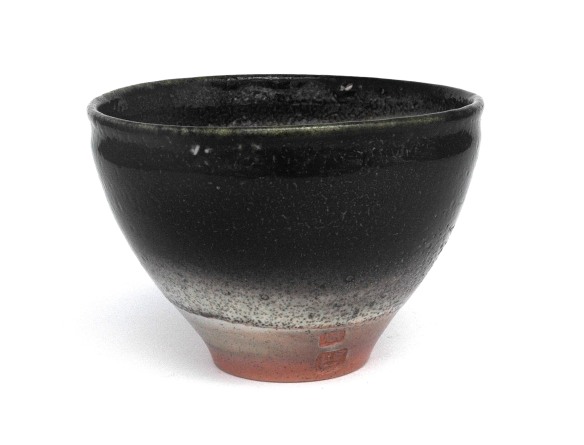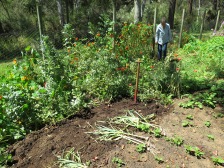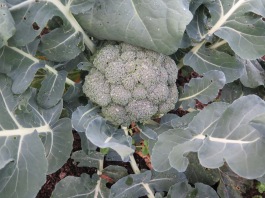The Xmas show at Watters Gallery opens on Wednesday night at 6 pm.
I have 3 of these new bowls in their end of Year show. I have been developing the Balmoral Blackware body that I make by washing rotten basaltic gravel in water then throwing away the gravel to obtain the micron thin film of hydrated ceramic dust off the surface of the rotten stone fragments.
It takes a long time to prepare, as it takes quite a while to get enough sediment to settle out, so that I can stiffen it up into a plastic state and pretend to throw in on the potters wheel. I throw on an old fashioned, handmade wooden ‘Leach’ style kick wheel.
I ‘throw’ the inside of the form and the rim, leaving the outside and the lower form quite thick, so that it supports the fragile, non-plastic material.
After the forms have stiffened over night, I ‘turn’ away all of the excess material that was necessary to support the form from underneath, then shape the foot ring. Turning away all the excess clay and revealing the form, the way that I had conceived it.

I fire these forms at the front of the 2nd tier of kiln setting. If they are fired too close to the front, they melt. Quite literally, the extra heat is enough to make them turn to liquid sludge. i quite like it when they are just caught at their liquid limit, when they are just starting to melt. I particularly like the pots that are very slightly warped in the firing. Their endurance in the contest of the fire sometime brings about a lovely quiet, natural distortion in the precision of my original form that is very appealing. This piece below, has developed a gorgeous satiny surface of deposited natural ash glaze during the firing. The ash has soaked into the body and started to run down into a rivulet near the foot. It is almost invisible to see, but lovely to feel. The ash has also turned the mat black clay surface to ripe plum reddish brown.

In developing the blackware forms, I have managed to achieve a couple of exquisite pieces that really exemplify the potential of this material. I have also been spending a lot of time in working on my native bai tunze stone materials. I spent time both in China and Japan this year trying to extend my understanding of single stone porcelain. These initial results are very encouraging , and I feel that this work is starting to pay off.

This form above shows a build up of natural ash glaze deposit that was built up during the firing. It is slightly greenish in colour where it is thicker and there is a very delicate grey/black carbon inclusion trapped around top of the rim. It defines the rim and completes the form.
I have two pieces of single stone white, unglazed porcelain in this show, they are quite subtle and delicate. I have explored both high footed forms as well as seemingly footless forms like the traditional ‘tenmoku’ forms. I was lucky enough to spend time in China earlier this year, studying both single stone porcelain as well as a trip up-river, in China to study the ancient ‘tenmoku’ ware sites.

These pieces are are both translucent and made from 97% ground native porcelain stone pastes. The remainder being 3% sticky bentonite clay. This helps ‘glue’ all the stone fragments together so that they can be ‘thrown’ on the wheel. What I do isn’t really ‘throwing’ as most potters know it, but rather a soft, gentle, patient, kind of coaxing the ceramic paste into the bowl form.
I also brought out some ‘archival’ batches of iron stained porcelain stone body. This time I have used a batch of body that is made from all the iron stained fragments of bai tunze that I hand sorted from the larger batches and threw aside. After a while I realised that I had separated enough yellowish, iron stained material to make a 5 kg batch of irony body. This clay is still translucent, but only just so. It has a lovely warm, mellow reddish/brown blush to it that is so warm and inviting.

I have made some experiments this year with adding some salt to my feldspathic glazes. Instead of turning out the usual, yellow, orange, pink, brown colours, these recent firings have resulted in a few pieces that are defined by their total carbon sequestration, turning the glaze almost totally black. Except for a small area of grey/white down low near the exposed clay foot. This carbon glazed tenmoku form has turned out better than I could have imagined.




















































You must be logged in to post a comment.